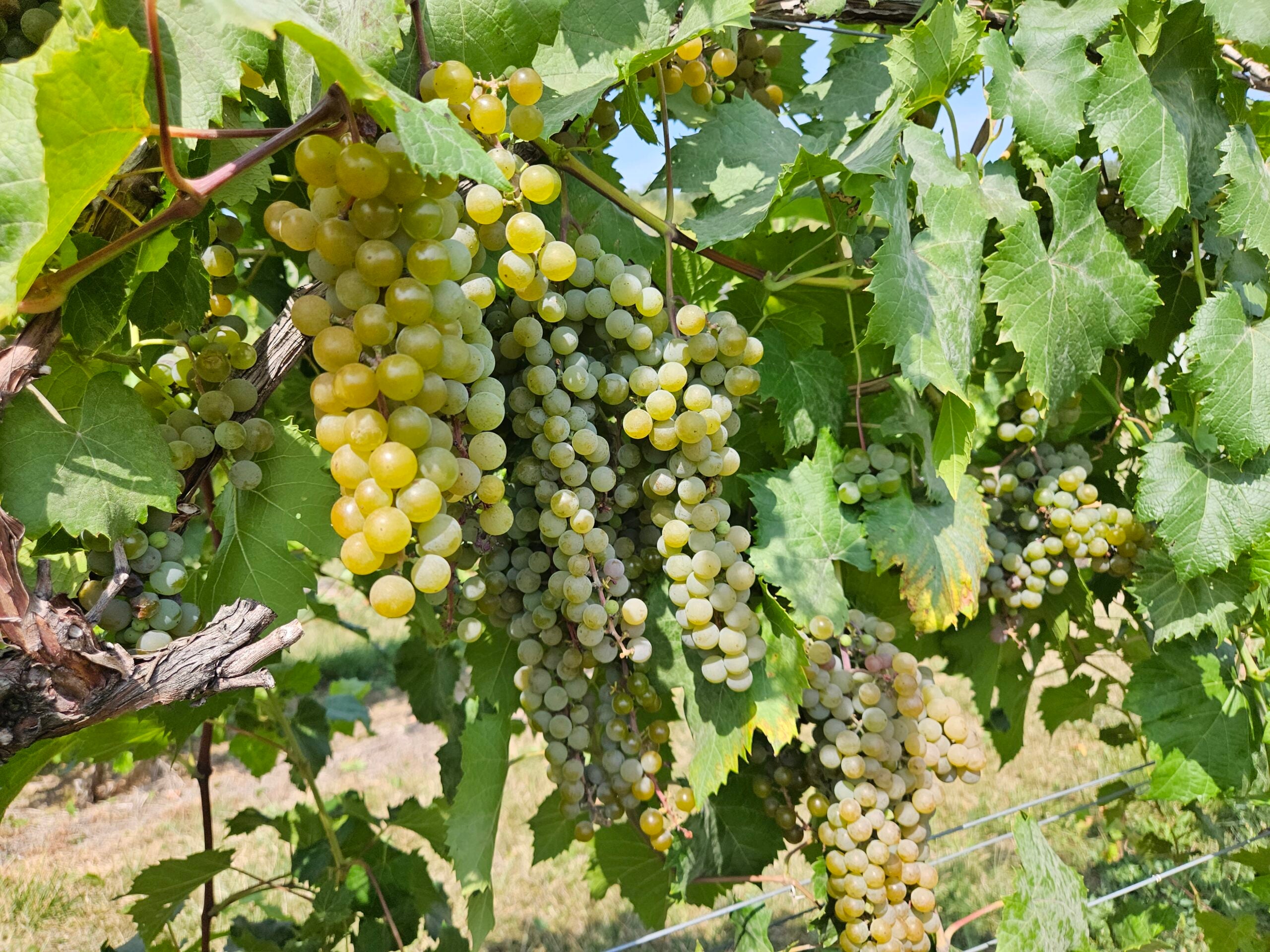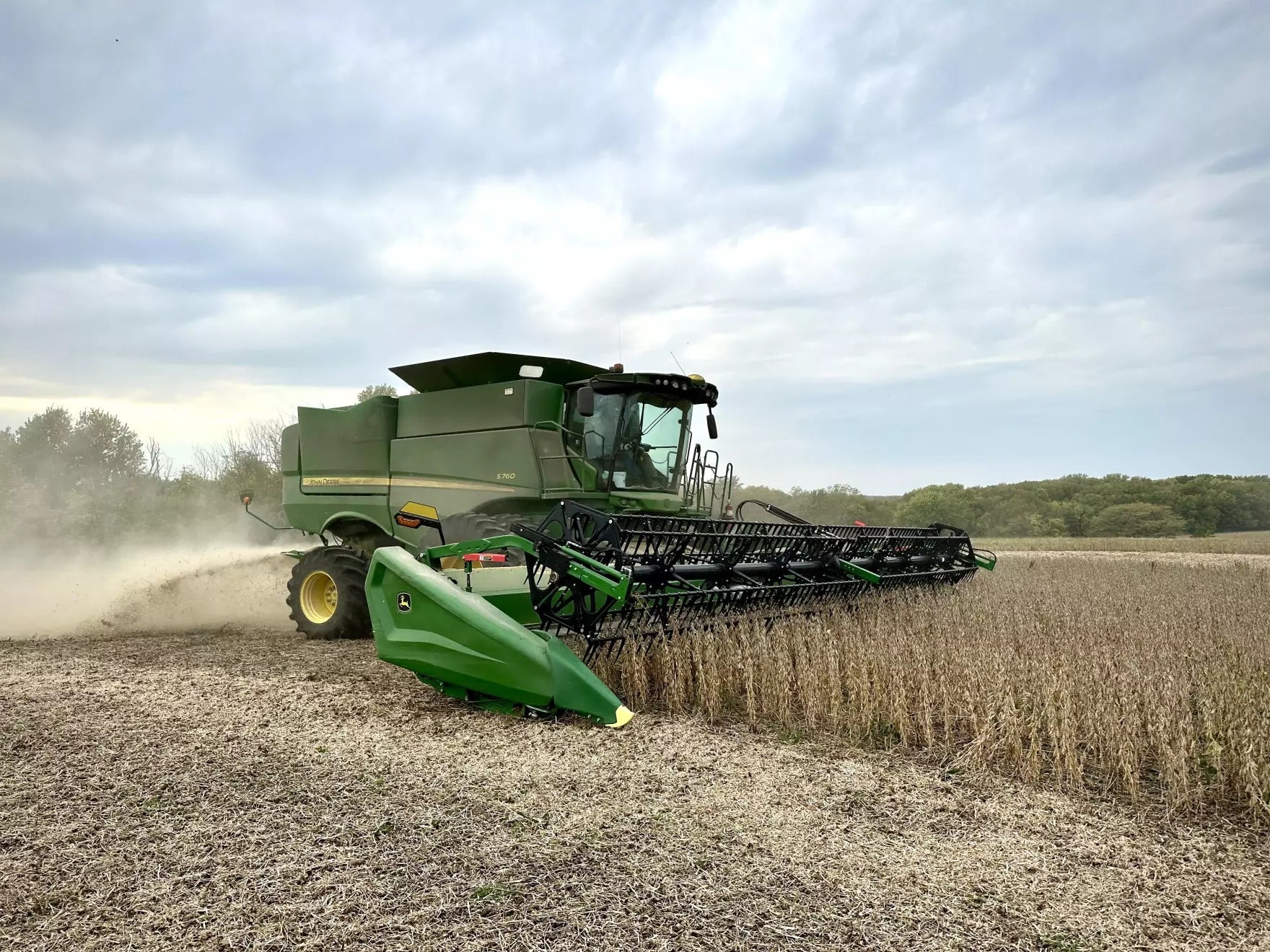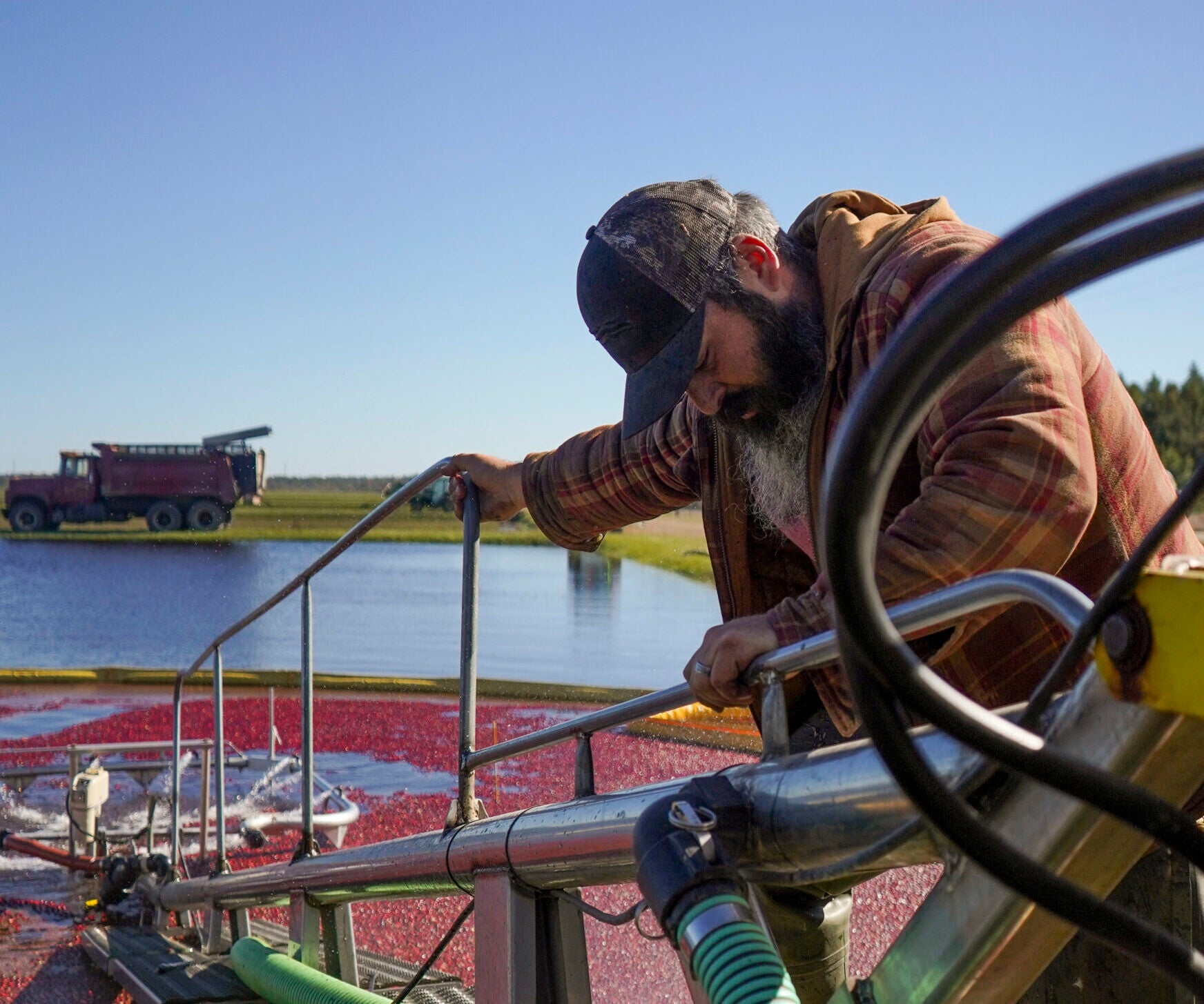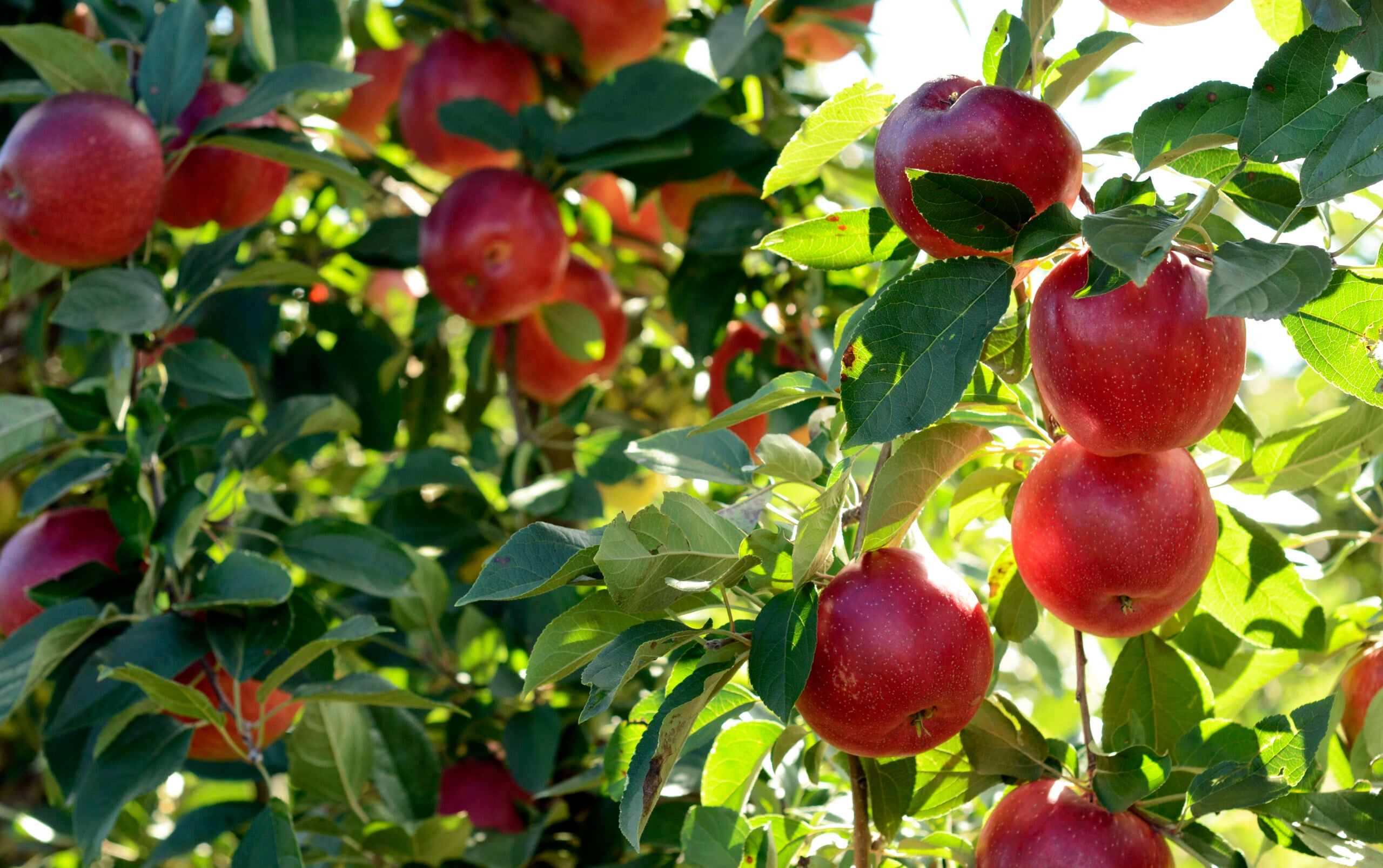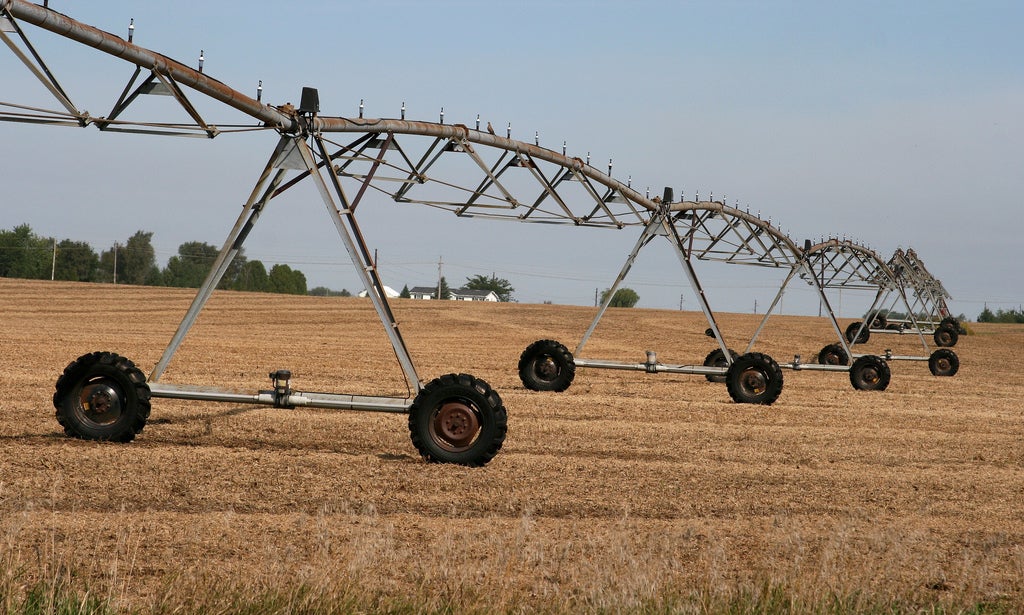Sandy Jeffers, manager of Sunrise Orchards in Gays Mills, said her apple crops are looking great this fall.
But getting to harvest season took a bit more work than usual. Jeffers said they turned their irrigation system on in May and ran it for almost the entire summer, a very unusual need for their southwestern Wisconsin orchard.
“Usually we’ll irrigate maybe four times a year or so, but not at all constant,” she said. “But that’s what we had to do for the apples. So you do it.”
News with a little more humanity
WPR’s “Wisconsin Today” newsletter keeps you connected to the state you love without feeling overwhelmed. No paywall. No agenda. No corporate filter.
Drought conditions plagued much of Wisconsin this year, especially in southern parts of the state. The latest report from the U.S. Drought Monitor shows counties including Vernon, Crawford and Richland have areas of exceptional drought, the highest rating possible. Extreme drought conditions cover much of southwestern Wisconsin, far northwestern region and in the south central region.
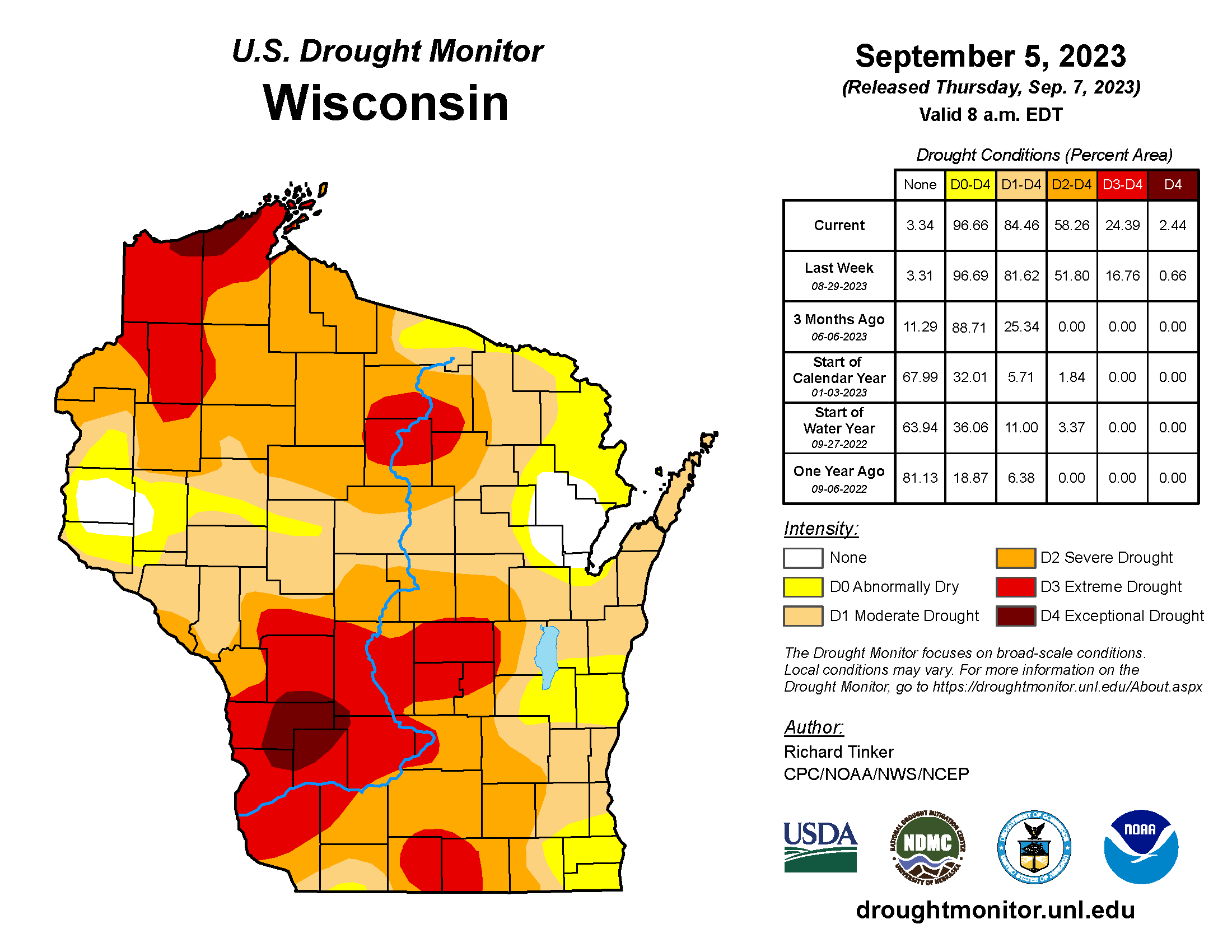
While the drought caused concern for field crop growers, Wisconsin fruit producers say the dry weather was actually a good thing for many trees and vines.
Jeffers said they had a large enough harvest to be able to sell to other orchards in the area that were more affected by the drought. Thanks to irrigation, their fruit was the usual size. But she said the apples would have been smaller than most consumers want if they did not have constant watering.
She said harvest has been slightly earlier than normal for most varieties. But local customers have also been seeking out their apples and other products earlier than usual.
“They’re ready to move on to the next season,” she said. “It’s a little bit cooler. I’ve had a few phone calls already asking me if the trees have started changing colors yet.”
Bill Roethle, owner of Hillside Apples in Door County, said his apple trees had a great bloom this spring, with pollination lasting much longer than usual at his orchard. He said that means each tree has plenty of apples, and cool weather at night has helped the fruit reach its final stages.
“It looks like the color, the red in the apples, is coming on very well,” he said. “Some years, it just doesn’t come. Some years it comes easy.”
Roethle also grows pumpkins at his orchard, which he said were more affected by the dry weather this year. He said those conditions kept the plants from progressing during the first half of the summer, but timely rains in recent weeks have helped the fruit to start filling out.
“We got orange ones now, but some of the different ones we do, white things and whatnot, they’re all going to be later for sure,” he said.
While apple harvest is already several weeks in, the state’s cranberry growers are still a few weeks away from bringing in their crops.
Dave Hansen, manager of DuBay Cranberry Company, said it’s been a good season for many producers and the state is expected to bring in a slightly larger than average crop.
He said they’ve had to rely on their irrigation systems more this summer, turning them on whenever temperatures climb above 90.
“It’s just a little bit more work on our part as growers, making sure the crop has sufficient moisture,” he said.
Hansen said the season started out slow because of cooler spring weather, but most bogs are expecting to harvest at their usual time.
Therese Bergholz, owner of Branches Winery in Vernon County, said the dry weather this summer led to an unprecedented bumper crop in her vineyard. She said some grape varieties were ready several weeks early, leading to what she called a “trophy dash” harvest in the span of a few weeks.
“Grapes like to be stressed, unlike people, and our vineyard is also very well established,” she said. “The roots are very deep, and they’re not going to be as prone to the drought conditions like a seed that was planted this year.”
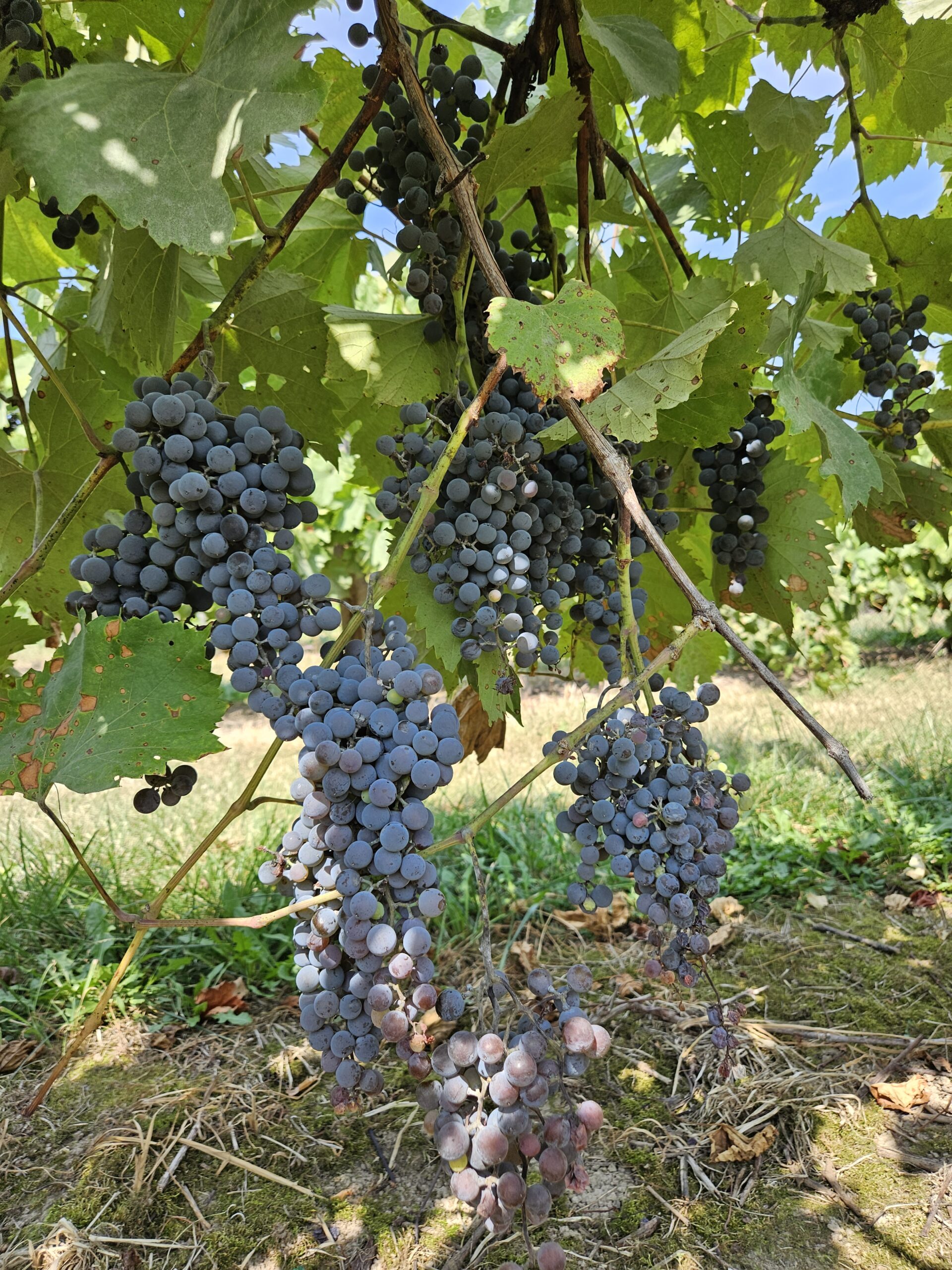
But Bergholz said the new or replacement vines they planted this spring were not as resilient. She said compensating for the lack of rainfall by hand watering all the plants was a huge labor demand.
“To be honest, I’m sure quite a few of them didn’t make it because we couldn’t take care of all of them,” she said.
Bergholz said this is the third good year in a row for many producers, whom she refers to as “wine growers,” and some producers weren’t able to sell all of their crop this year because of the abundance. She said Wisconsin’s wine industry needs to expand more to keep up with producers abilities, especially as other grape growing regions like California suffer from the effects of climate change.
Some Wisconsin grape growers report that they, too, are having to change the way they operate to keep up with weather changes from a changing climate.
At Wollersheim Winery in Prairie du Sac, a late April spring frost froze buds on the majority of vines. Owner Phillipe Coquard said some vines were able to recover by putting out a secondary bud, but the vineyard lost about 70 percent of their red grapes.
Coquard said they started drip irrigation in May for the vines that were still bearing fruit, and the dry weather actually kept pests and disease at bay.
“The quality made up for the lack of quantity,” he said. “The quality was beautiful. Sugar content was higher than other years. Intensity, color, flavor, pH or acidity was beautiful.”
He said these qualities will come out in the wine that they are able to make from this year’s grapes.
Overall, Coquard said the growing season seems to be creeping earlier each year, leading to more dangers with spring frosts and earlier harvest times for his vineyard. He said this year’s healthy crops show that the plants are mostly resilient to the change, and growers like him are learning to be too.
Wisconsin Public Radio, © Copyright 2026, Board of Regents of the University of Wisconsin System and Wisconsin Educational Communications Board.

